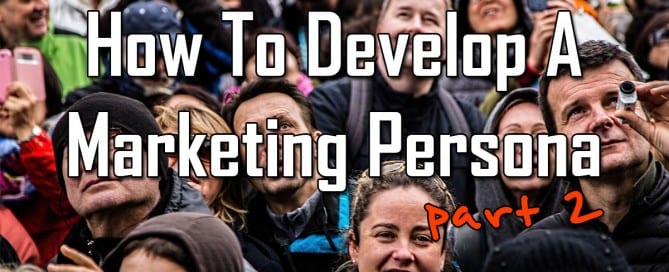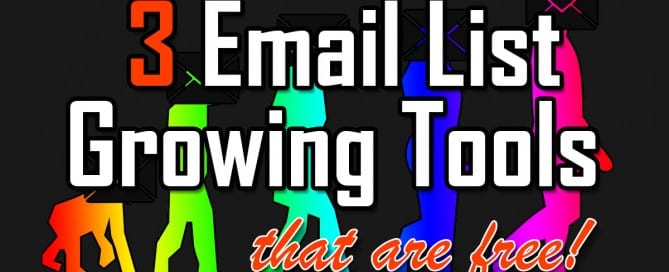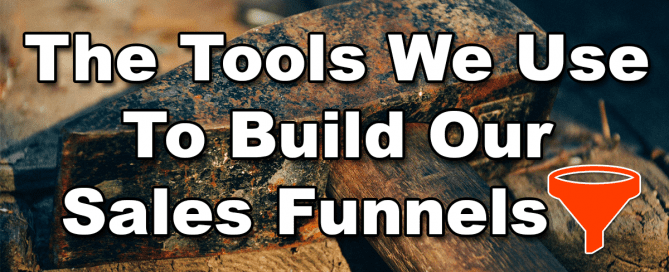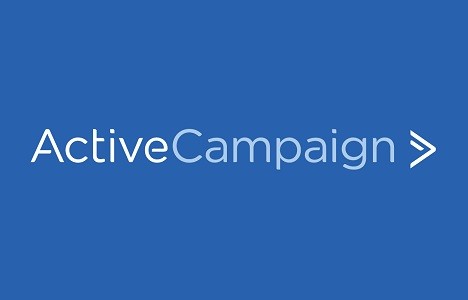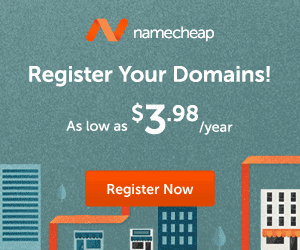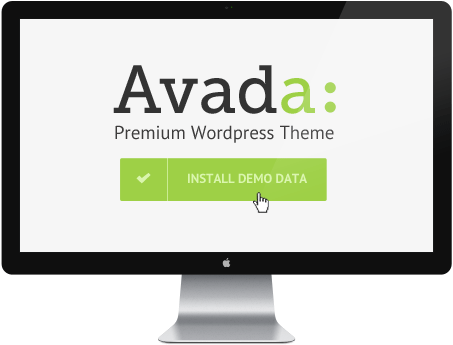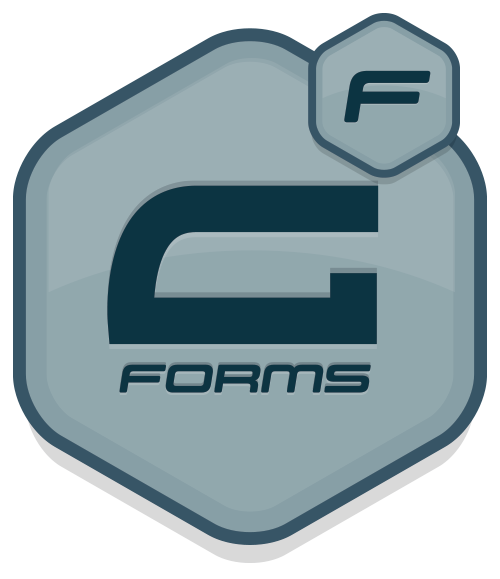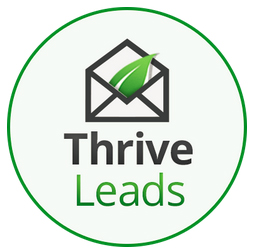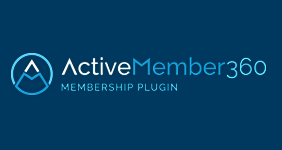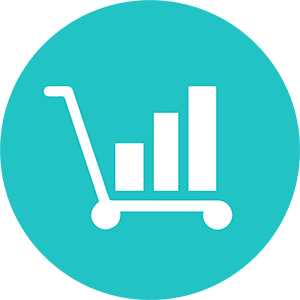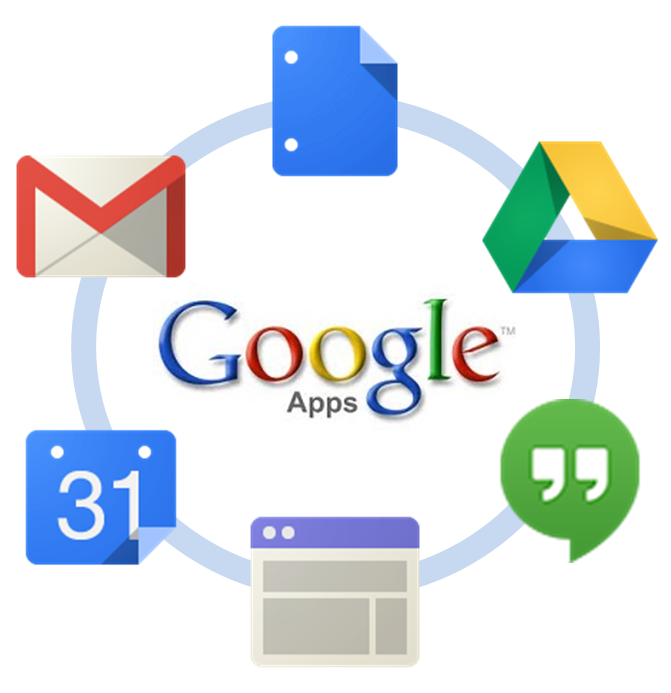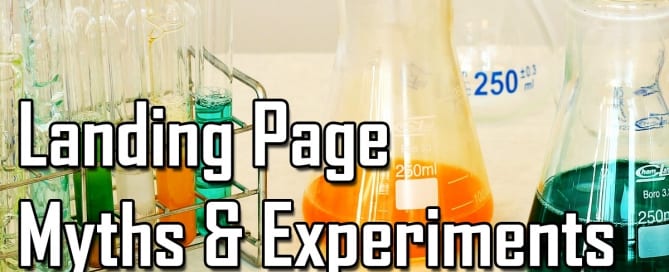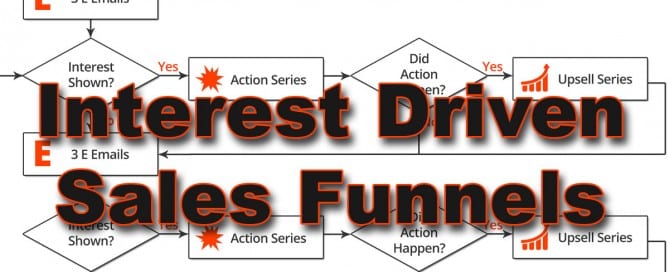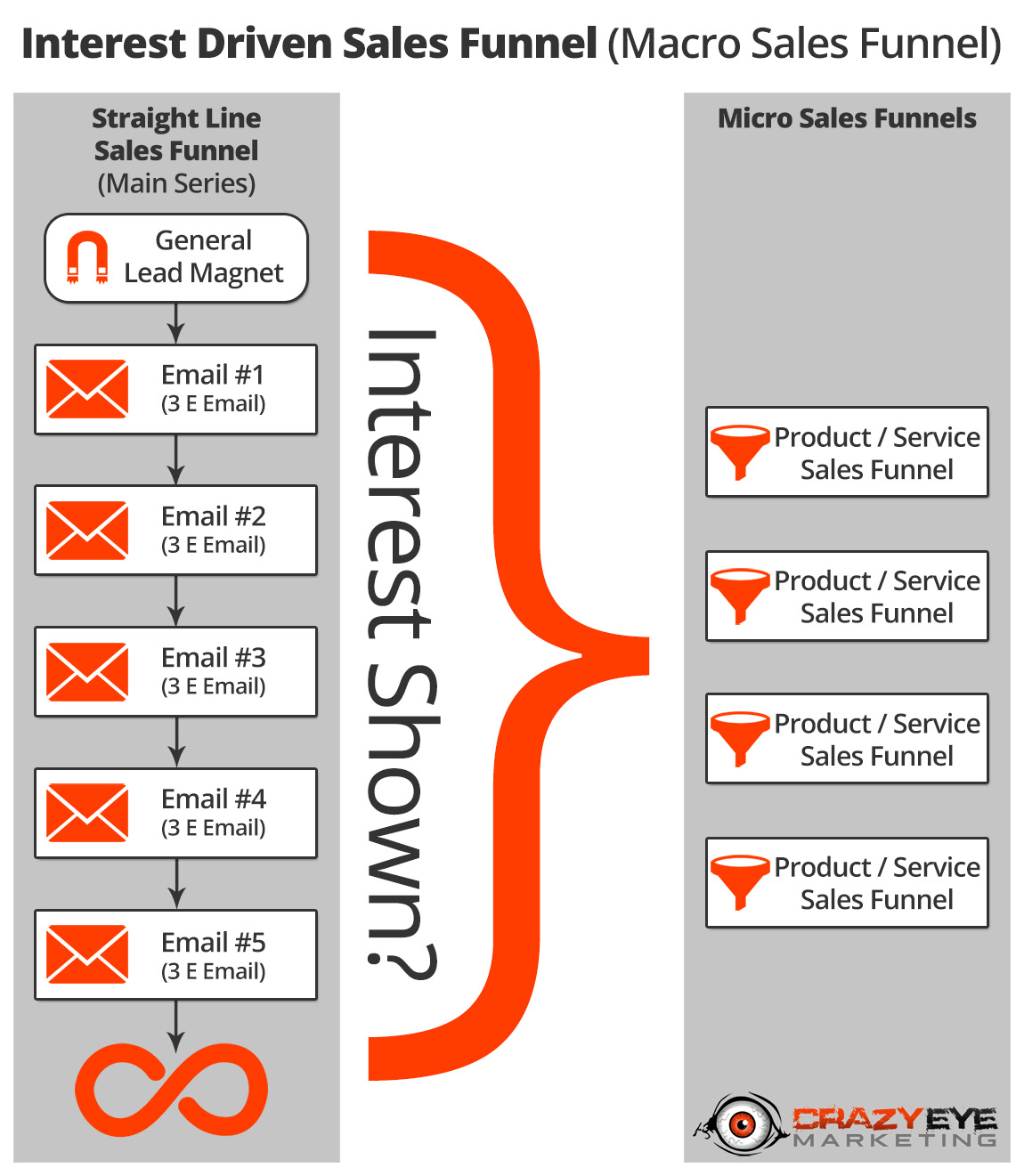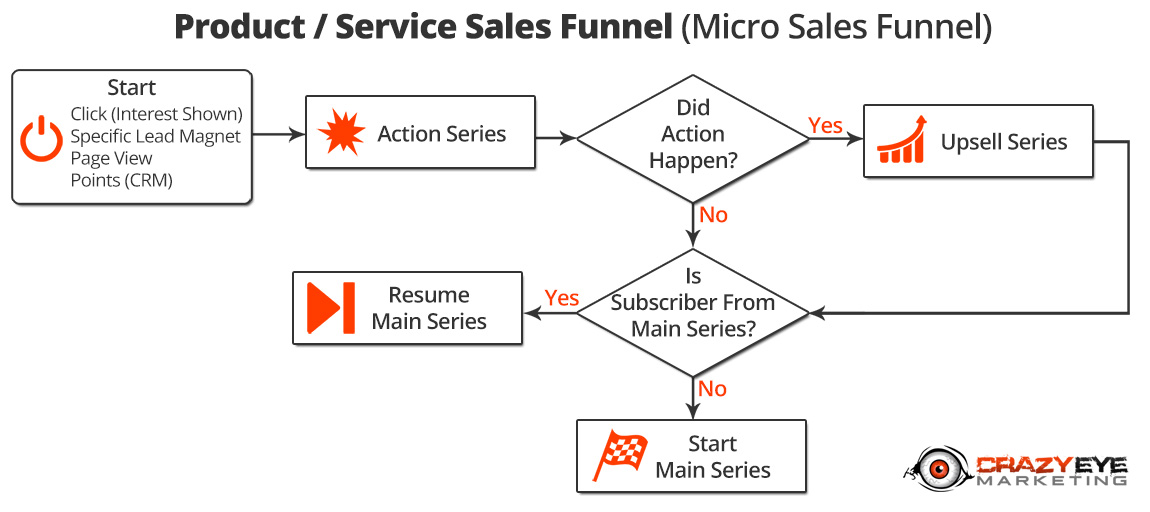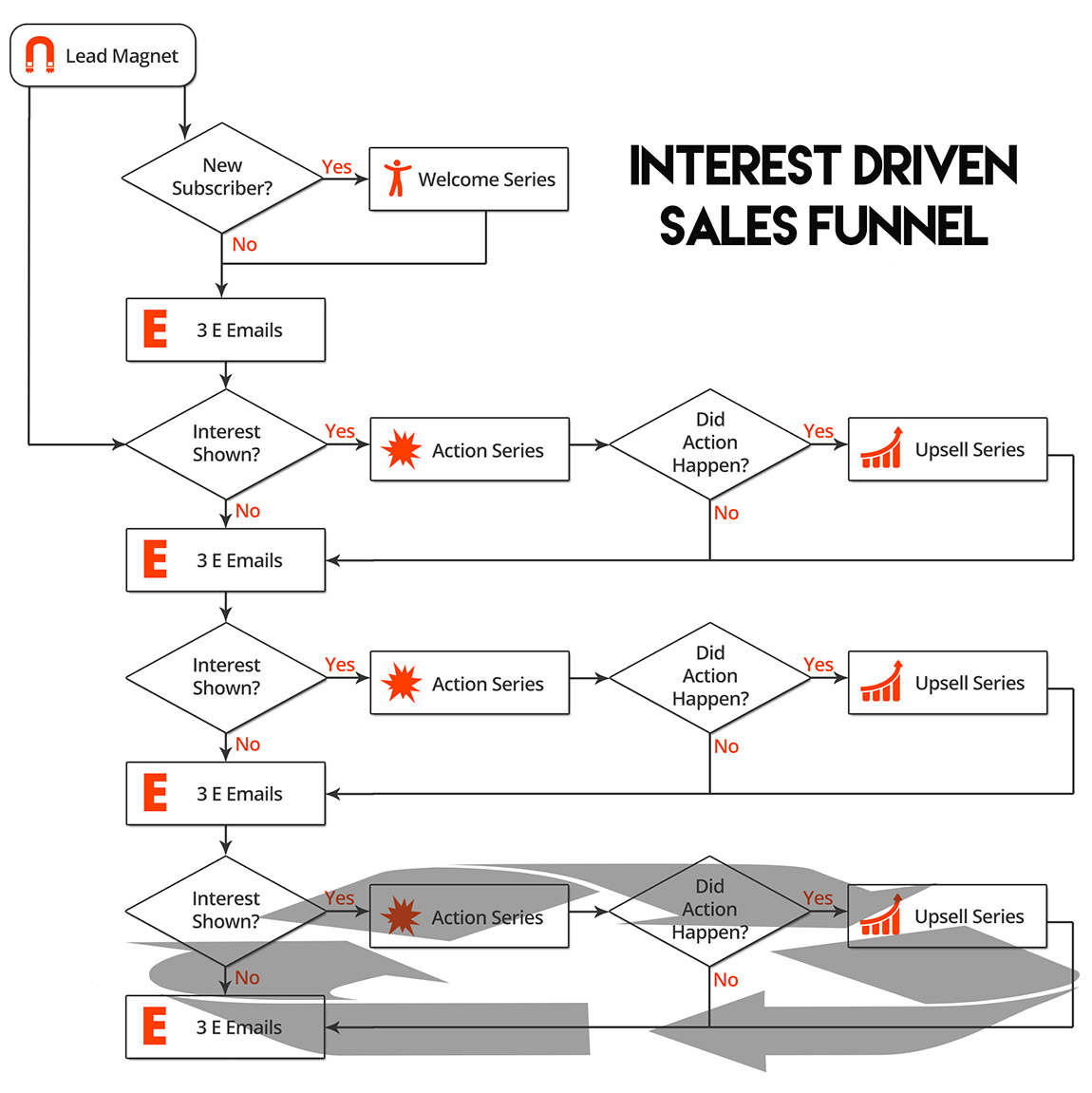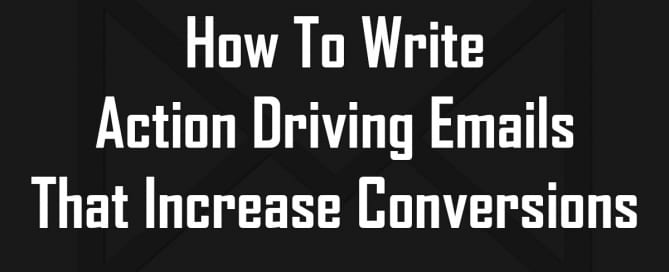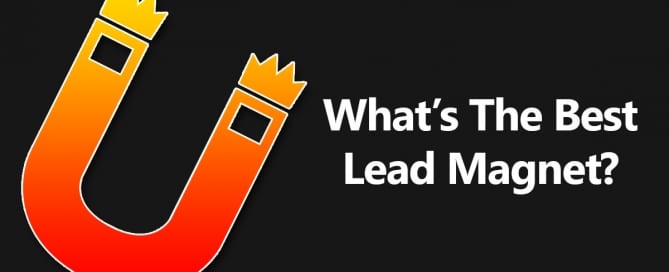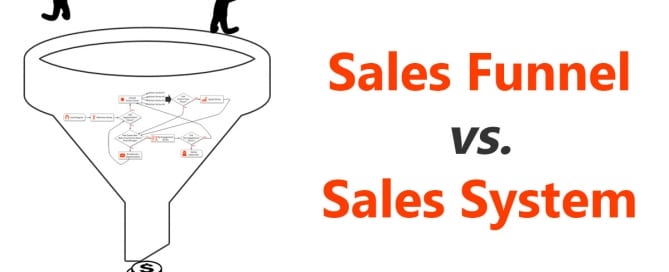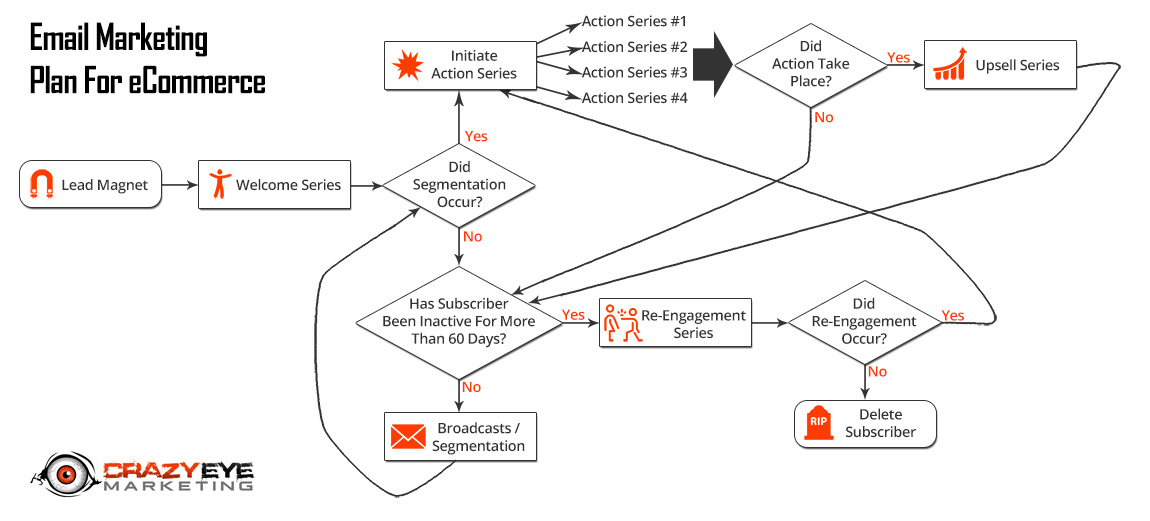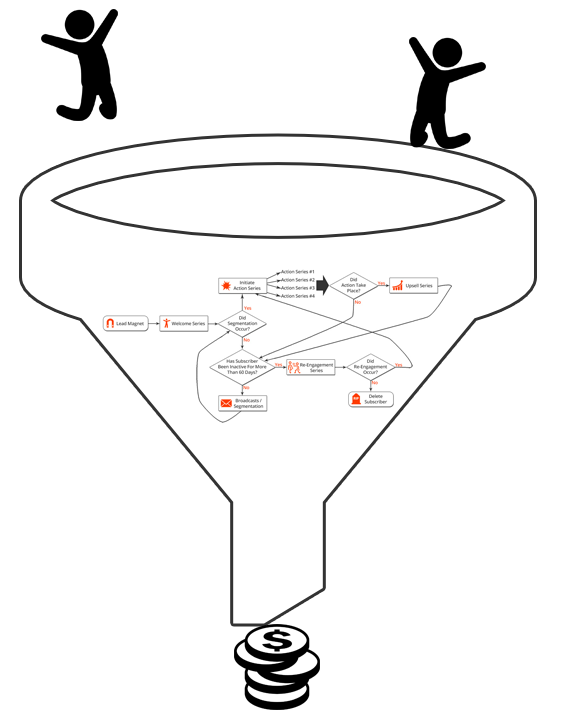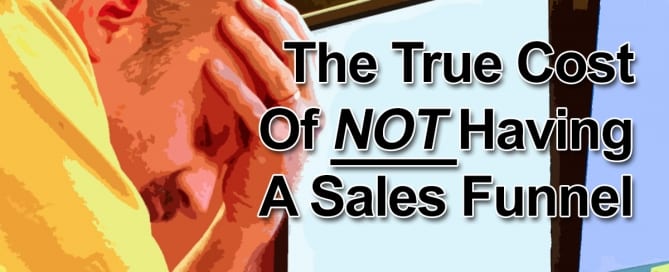Marketing Personas Part 2
I've started this post at least 20 times over the last 6 months … it's long overdue.
Trying to explain how to find someone else's goals, values, challenges, fears, etc is hard to do. It's very “woo woo” / “out there” which can get complicated and confusing very quickly.
There is good news!
I came across a video from Frank Kern (he's a big time Internet marketer) that explains exactly how to do what I've been wanting to write about.
He does it in a way that's logical and still kind of “woo woo” – but sensible.
Here's the video…
It's Long
It is long. And the exercises presented in it take even longer … probably about 8 hours total.
So, unless you're Ironman, you probably won't be able to do it all in one sitting … which kind of sucks.
Try breaking it down to 3 days …
- Watch the video (tip: watch it at 1.5X speed)
- Do step 1 (Questions below)
- Do step 2 (Questions below)
You'll come out the other end with a full understanding of not only your customer, but yourself as well.
By watching this video and doing the exercises you may literally change your life … it's that good.
My Notes & The Exercise Questions
Two Easy Steps
Step One: Know what you REALLY want and who you REALLY are.
Step Two: Know what your market REALLY wants and who they REALLY are.
People Have Two Identities
#1: The identity they walk around in every day (“I'm a banker”) – shell identity
#2: The identity they really WANT (“I'm a rock star”) – what you daydream about, “true/core identity” (who they REALLY are).
Goal: Relate To People's Core Identity
Formula: E + I = L
- E = Experience. We do not crave things. We crave the experience the things give us.
- I = Identity. Our experience, beliefs, and values create our identity. All communication actually comes from your identity.
- L = Life. Our experiences and identity work together to form our life.
Design all marketing so you're communicating with ONE person.
WHAT WE ALL REALLY WANT IS A NEW LIFE.
The One Question That Will Change Your Life Forever
If there were no limitations or consequences, what would your perfect average day look like?
- Limitations: Financial, geographic, health, limiting people, etc. (wake up on the beach every day)
- Consequences: Stuff that you could get “into trouble” for (for example, you can't say you want to do cocaine and drive your car recklessly, this is dumb and there are consequences for this)
- Average: You could do all this stuff every day and not die or get sick of it
These questions are all based on desired experience … not goals or things. Remember that our experiences help shape our identity.
Step 1 Questions
Be descriptive (colors, smells, thoughts, feelings) – it will take about 4 hours and you'll fill up like 10 to 12 pages of info)
- Where would you live?
- What would your house look like?
- What time would you wake up?
- What would you do in the morning? What would you think about? What would you say?
- What would you have for breakfast?
- What does the mundane stuff look like? (Taking kids to school)
- What would you spend the first half of your day doing?
- What would you have for lunch?
- Who would you eat with?
- What would your friends be like? What would you talk about? Gossip? Real, meaning conversation? Jokes?
- What would you do for personal fulfillment?
- What life purpose would you strive towards?
- What would your business be?
- What time would you start work?
- What would you actually DO at work?
- What are your clients like?
- What is your relationship like with your spouse and your family?
- What would you do for family time?
- What would you have for dinner? Where would you eat? Who would you eat with? What would you talk about?
- What would you do at night?
- Who would you do it with?
- Where would you be?
- What would your thoughts be as you went to sleep?
Step 2 Questions
Your Ideal Customer / Customer Avatar
- Name?
- Gender?
- Age?
- Married?
- Kids?
- If they're married, what is the spouse like?
- What does the spouse think of all this foolishness?
- What's the relationship with the children like?
- What would this person be wearing?
- What do they do for a living?
- What's their biggest frustration?
- What's their biggest SURFACE (Shell) desire?
Now that you know WHO you're writing to specifically, you can influence them on the surface level because you have empathy.
And, surface level is better than 99% of what most businesses do.
But…
Step 2.5 Become Your Ideal Customer
Pretend to be your ideal customer – answer all the questions in the “Step 1 Questions” section as your ideal customer.
This allows you to uncover who they REALLY are.
Now you can speak from your core to their core.
In Closing
Do yourself and your business a favor and at least watch the video.
At 1.5X speed it takes about 75 minutes to watch and I swear it can change your life.

